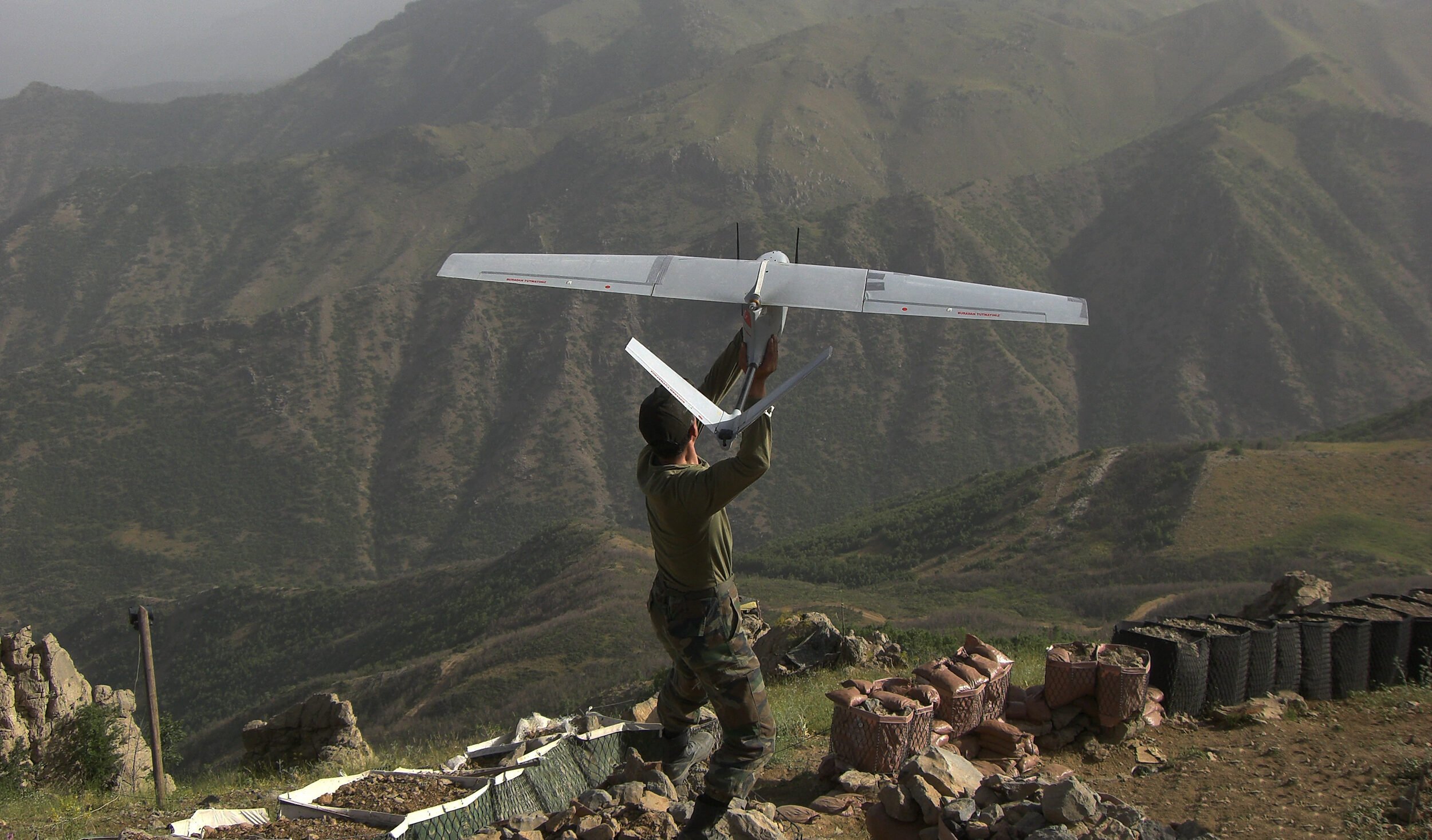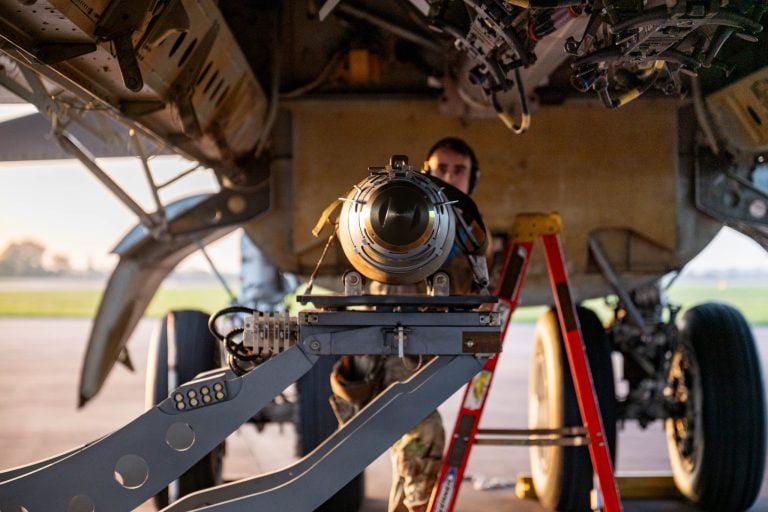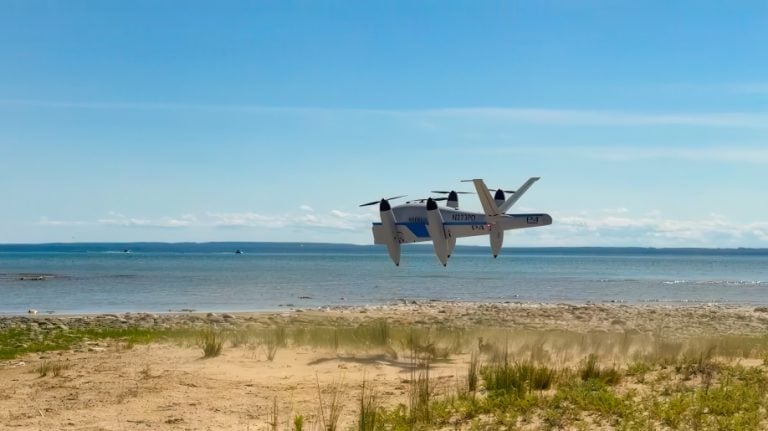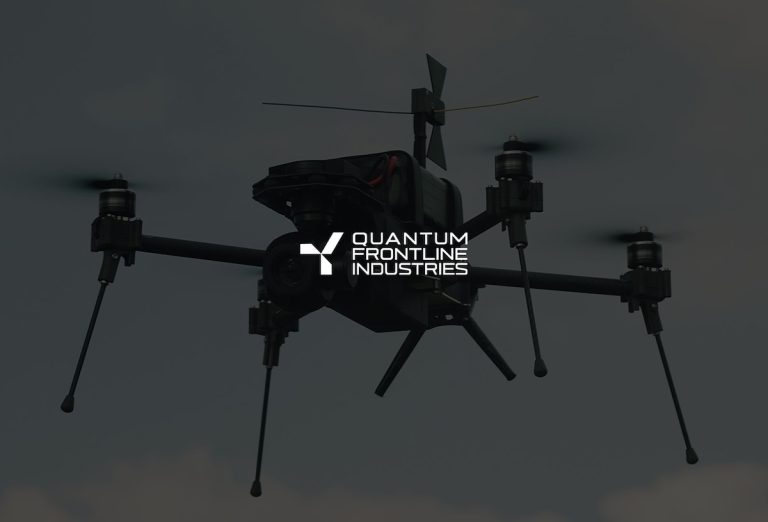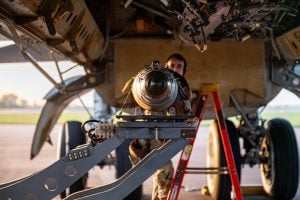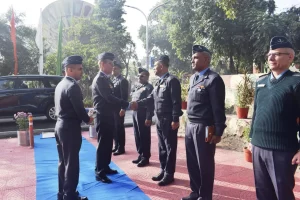A recent military conference in Nigeria showcased the evolution of aerial warfare in Africa, highlighting a shift towards lighter and more versatile drone technologies. While traditional military drones with large fixed wings commanded attention, smaller, commercially available drones that closely resemble those used by hobbyists were prominently featured at numerous expo booths. These smaller drones have recently been adapted for combat purposes, even featuring in “suicide” missions, a trend that has drawn interest from observers following the Russia-Ukraine war.
In West Africa’s Sahel region, jihadist groups have been noted for modifying DIY drones to conduct attacks, reflecting a rising tide of innovation in unconventional warfare. The Nigerian military is actively embracing this trend, supplementing its conventional surveillance and attack drones with more affordable, rapidly disposable options. According to Muhammad Umar, chief technology officer at Nigerian firm EIB Group, this strategy allows military personnel to carry small drones in their backpacks and deploy them quickly for targeted strikes, minimizing the risk of losing expensive, larger assets.
Drones like Turkey’s Bayraktar TB2, which boasts a wingspan of 12 meters (39 feet), have been recognized as popular choices for African armed forces, with a complete system of three typically retailing for about $6 million—significantly less than the cost of fighter jets or helicopters. In stark contrast, Nigerian company Epsilon offers suicide drones for under $1,000, highlighting the cost-effectiveness of these emerging drone technologies.
Oluwagbenga Karimu, a systems autonomy specialist at Epsilon, emphasized the need for speed and agility in modern warfare, a sentiment echoed by many at the conference attended by defense chiefs from various African nations. While drones present a low-cost means of engaging in armed conflict, their impact on civilian populations has been mixed and often devastating, as indicated by an AFP investigation revealing the toll of airstrikes in regions like Sudan, Burkina Faso, and Mali.
Sudan, in particular, witnessed a surge in airstrikes fueled by the deployment of handheld quadcopters and suicide drones supplied by China and Russia amidst its ongoing civil conflict. The data from the Armed Conflict Location & Event Data Project (ACLED) indicated that these countries saw a high incidence of drone strikes last year.
During the opening of the conference, Nigerian Vice President Kashim Shettima urged African nations to prioritize indigenous military innovation. A representative from the Nigerian air force highlighted the advantages of smaller, handheld drones, which operate without the need for runways and are quieter than their larger counterparts, thus minimizing detection risk. Despite their proliferation over the last two years, the military continues to rely significantly on foreign components for these technologies.
The increasing use of drones has also created new challenges for national security, as jihadist groups are adapting their strategies to incorporate drones for offensive operations. In response, the Nigerian military is now exploring the development of jamming systems to counteract these new threats. This ongoing evolution of aerial combat technology underscores the fast-changing landscape of military operations in Africa.
